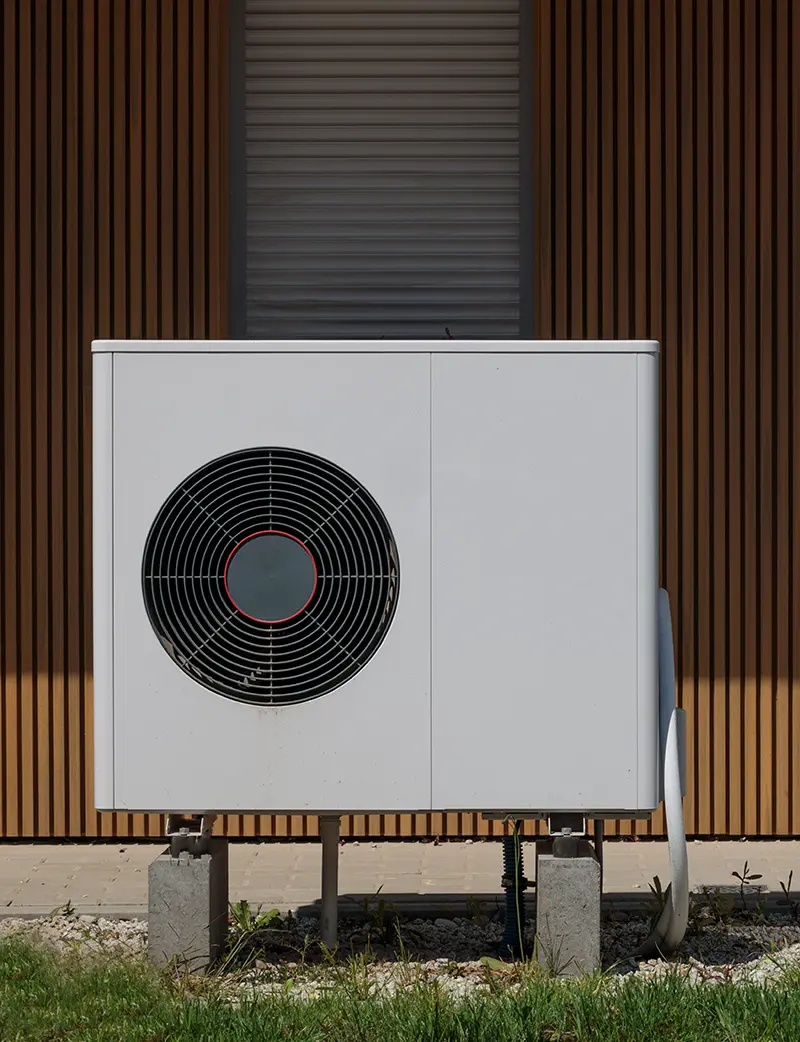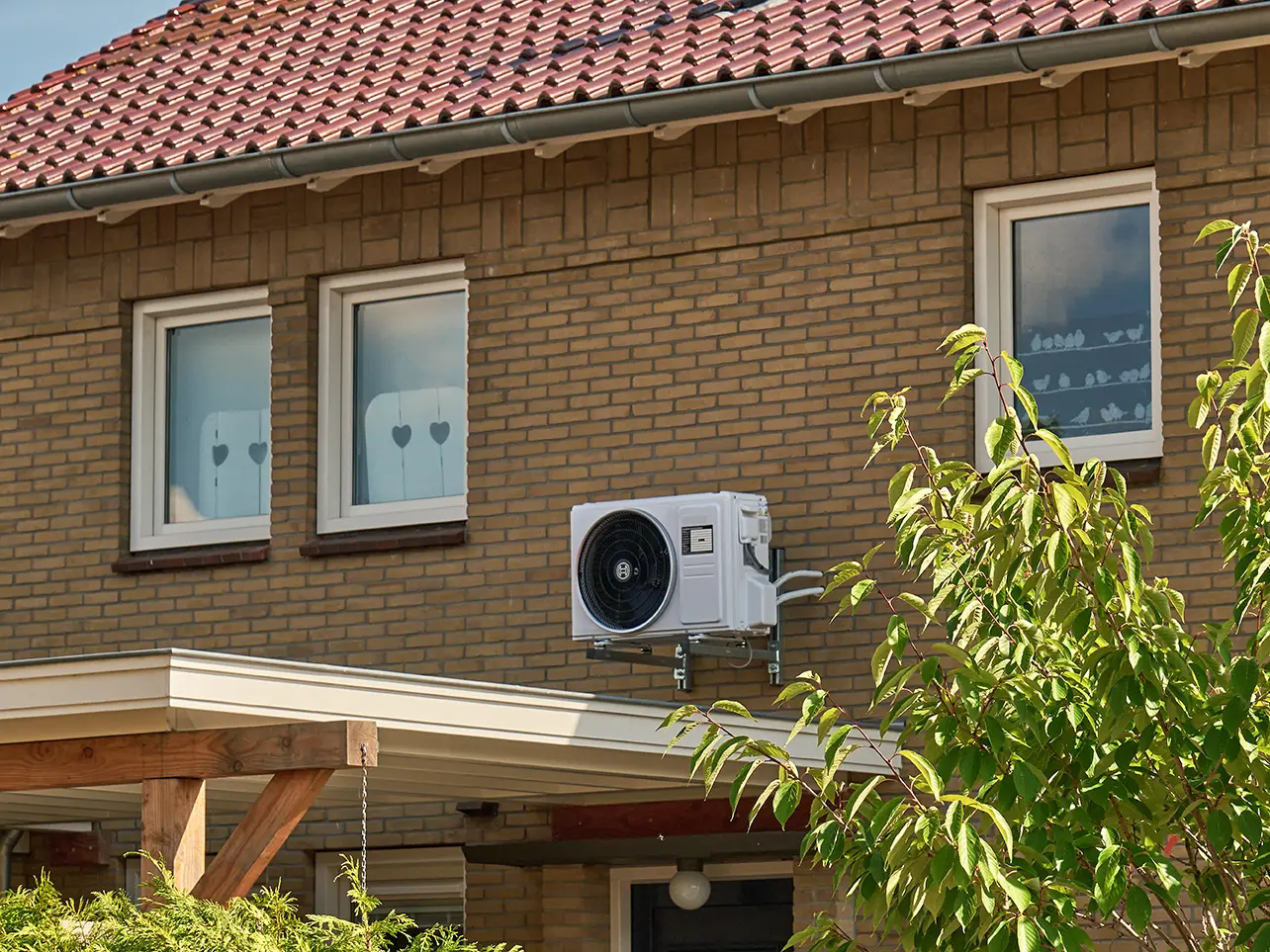We have everything you need
to get your home warm and snug
Gas Heating
Gas Heating
Electric Heating
Electric Heating
Air Source Heat Pumps (ASHP)
Air Source Heat Pumps (ASHP)
Oil Heating
Oil Heating

Gas Central Heating
Gas boilers are the most common type of boiler – most modern houses have a gas supply with central heating. Gas boilers are like every other boiler that runs on fuel, they are the central piece of equipment that heats water (wet system) to pump throughout the house.
Pros
- Relatively Efficient
- Gas Mains Connection
- Lower Costs
- Easily Maintained
Cons
- Volatile Fuel Price
- Installation Upheaval
- Require Regular Maintenance
- Fossil Fuel Based


Oil boilers operate in the same way as other fuel types, the oil is set alight, and a heat exchanger warms up cold water from either your mains pipe or storage tanks. The boiler pumps the hot water through radiators to heat up a room, when needed the hot water moves to the shower or the taps in the bathroom or kitchen, the oil boiler needs an oil supply to keep it running. Standard heating oil tanks are able to heat a house for 6-9 months.
Pros
- Most Effective Fuel for Central Heating
- Energy Efficient
- Less Carbon Emissions
Cons
- Requires Oil Tank Installation
- Weaker Flow
- Relatively Expensive
- Wastes Fuel Gases

Oil Central Heating

Electric Central Heating
Electric boilers use electricity to heat hot water through a system using a heating element, not unlike an kettle. Electric systems with storage heaters allow you to save on thermal energy overnight which saves money, they are more expensive to install, you can still store up on more energy during the day but it might be more expensive.
Pros
- Quiet Operation
- Can be Installed in Tight Spaces
- Can be Energy Effective
Cons
- May Struggle to Heat Large Homes
- Higher Daytime Costs
- May be Expensive to Replace


An air source heat pump (ASHP) is a low carbon heating technology. ASHPs run similarly to a fridge but in reverse. The heat pump takes in outside air to warm a refrigerant, which is placed under high pressure to increase the temperature. This heat is then transferred to water which can be distributed around the house similarly to a boiler-fired central heating system. This means that ASHPs can be used to heat both radiators and hot water.
Pros
- Highly energy efficient : delivers 2-4 units heat per electricity.
- Lowers carbon emissions - uses air heat, not fuel combustion.
- Grants available for installation
- Requires minimal maintenance compared to traditional boilers.
Cons
- Installation costs are higher than standard heating systems.
- Longer response time to sharp drops in temperature
- Best performance requires extensive insulation.

Air Source Heat Pumps (ASHP)
Common ASHP misconceptions
ASHPs are too expensive to run and install…
ASHPs are more efficient at providing heat over longer periods and at lower radiator temperatures. If used correctly, ASHPs can be highly efficient and can help save on energy bills. Savings will however depend on many factors, including the fuel type and system efficiency they are replacing, the household electricity price, how well insulated the home is, usage patterns and the desired temperature of the home.
There may be extra costs to upgrade the existing heating system, such as increasing the size of the radiator panels and additional pipework.
The price of ASHPs has been falling in recent years, especially with the support of government grants.
ASHPs are large, ugly and loud…
The largest part of the ASHP, which is installed outside, is comparable to the size of external units of air conditioning systems. Old ASHPs were often found to be noisy when running. However, due to improvements in technology, if an ASHP is installed correctly, it should be no louder than a fridge or boiler flue pipe.
Inside the property, the ASHP relies on a similar set-up to a wet central heating system, such as water cylinder and radiators.
ASHPs require more maintenance than a gas boiler…
Like gas boilers, ASHPs are recommended to have annual checks and servicing. They do not require more maintenance than a gas boiler. It is estimated that a well maintained ASHP can last for 12-15 years compared to a gas boiler at 8-12 years.
ASHPs are only suitable for houses and new builds…
ASHPs can be installed in most types of properties where there is suitable space for the external unit. There may however be some additional associated work to prepare your home, such as insulation and upgrades to your radiators and pipework. Additionally, ASHPs are classed as permitted development and do not usually require planning permission, unless particular planning constraints apply.
In 2020 and 2021, several hundred heat pumps were installed across Great Britain as part of a project to test their suitability in a range of property types and ages. The study concluded that heat pumps can be successfully installed in homes of every style and from every era.
ASHPs only work in warm weather…
Even if the air outside is sub-zero, ASHPs have been shown to be effective at extracting heat and warming the house. It may, however, need to be kept on for longer. This is not dissimilar to other heating systems when operating in colder weather.

Tips and best practice
ASHPs work best in well insulated homes. Compared to gas boiler central heating systems, heat pumps respond gradually to a change in set temperature. It is better to leave them running for longer and to make small adjustments to the temperature until you are comfortable
